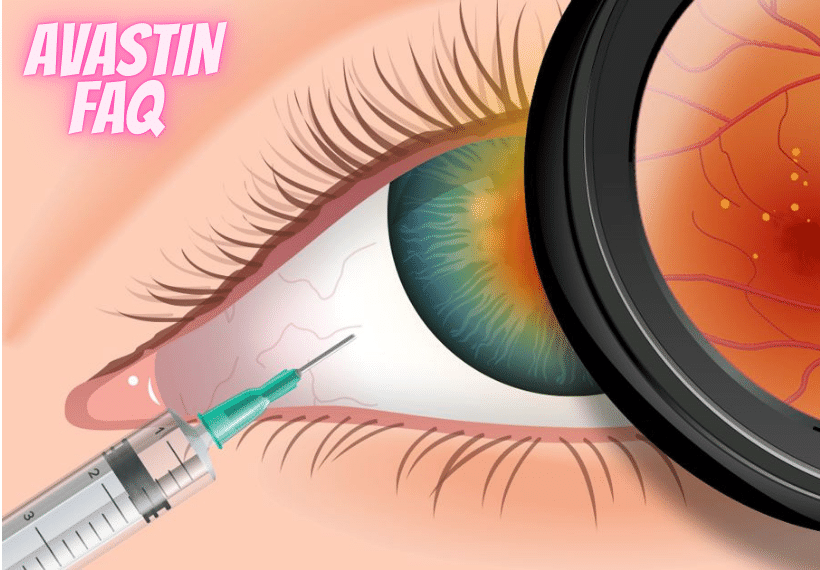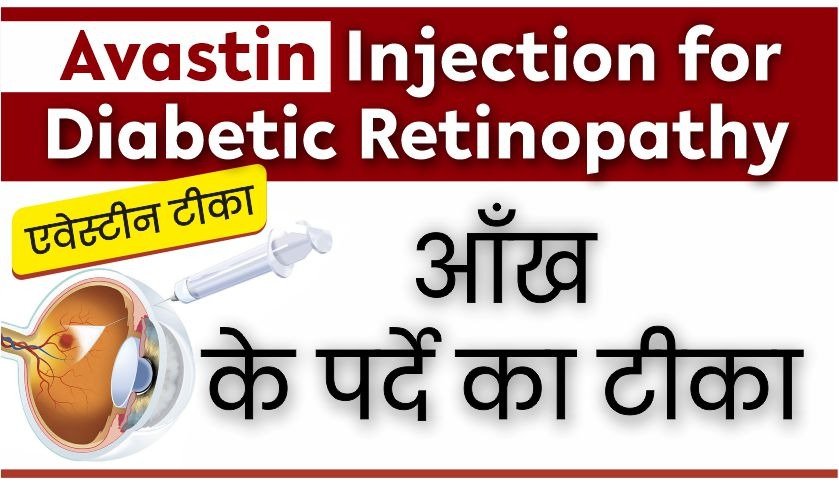Avastin, also known as Bevacizumab, is a widely used medication that has revolutionized the treatment of various medical conditions. This blog post aims to provide you with a comprehensive guide on using Avastin injection. From its mechanism of action to its applications in different diseases, we will cover everything you need about this groundbreaking treatment option.
Understanding Avastin: Mechanism of Action
Avastin belongs to a class of drugs known as anti-angiogenic agents. Its primary mode of action is inhibiting the build-up of neo-blood vessels by a process medically known as angiogenesis. By targeting vascular endothelial growth factor (VEGF), Avastin blocks the proliferation of blood vessels responsible for supplying oxygen and vital nutrients to tumours and other abnormal tissues.
Avastin in Cancer Treatment
Avastin has gained significant recognition for its role in treating various types of cancer. It is approved for use in colorectal, lung, kidney, ovarian, and glioblastoma multiforme (a type of brain cancer). When combined with chemotherapy or immunotherapy, Avastin helps reduce tumour size, prevent the spread of cancer, and improve patient outcomes.
Macular Degeneration: A Game-Changer
Apart from its effectiveness in cancer treatment, Avastin has also proven to be a game-changer in the field of ophthalmology. It is commonly used off-label to treat (AMD) an acronym for age-related macular degeneration. AMD is believed to be the main cause of steady vision loss in older adults. Avastin is injected into the eye to inhibit the undesired growth of abnormal blood vessels in the retina, preserving and improving vision.
Avastin and Diabetic Retinopathy
Diabetic retinopathy is another eye condition that can lead to vision loss in individuals with diabetes. Avastin has shown promising results in managing this condition as well. By targeting the abnormal blood vessels that develop in the retina due to diabetes, Avastin helps prevent further damage and potentially improves vision.
Side Effects and Precautions of Avastin
Like any other medication, Avastin may cause side effects. These can include high blood pressure, bleeding, gastrointestinal issues, fatigue, and proteinuria. It is crucial to discuss potential risks and benefits with your healthcare provider before starting Avastin treatment. They will closely monitor your progress and manage any adverse effects that may arise.
The Future Use of Avastin
Avastin research is continually improving, making it possible to use it for more medical problems. Ongoing research looks at how it could treat other kinds of cancer, like breast and prostate cancer. Researchers are also looking into how well Avastin works to treat conditions like diabetic macular edema and some nerve diseases.
Blog Summary
With its ability to stop blood vessels from growing, Avastin injection has changed how cancer and some eye problems are treated. Its power to prevent abnormal blood vessels from growing has helped patients live longer and better lives. But it’s important to talk to your doctor about the risks and benefits of Avastin treatment.
Disclaimer: This blog post is essentially for informational purposes & of generic use only. The blog content should not replace professional medical advice. Always consult a medically qualified specialist concerning your condition and treatment options.
AVASTIN FAQ

What is Avastin Injection?
Avastin (generic name: Bevacizumab) is an anti-angiogenic medication commonly used off-label to treat diabetic Retinopathy, a disease often associated with diabetes that damages the retinal blood vessels in the human eye.
How does Avastin Shot work?
Avastin shot works by inhibiting the unwanted proliferation of abnormal blood vessels in the human eye, which can help prevent or reduce vision loss associated with precipitated Diabetic Retinopathy.
How is Avastin injection administered?
The medication is administered through intravitreal injections, which are injected directly into the eye’s vitreous cavity. Avastin injections are typically performed in an ophthalmologist’s office or clinic using a sterile technique.
How many Avastin Injections are given to treat Diabetic Retinopathy?
The frequency of Avastin injections can vary depending on the severity of the diabetic Retinopathy and the individual patient’s response to treatment. Generally, a series of Avastin injections are given initially, followed by periodic injections as needed to maintain the desired therapeutic effect.
IS Avastin Injection Painful?
Avastin injections are administered by injecting a very fine needle, and patients usually well-tolerated the procedure. However, some individuals may experience temporary discomfort or minor complications like redness or swelling around the eye.
Who should administer Avastin Injection?
Avastin injections should be administered by a qualified eye care professional with experience performing intravitreal injections.
How to Monitor the Results of Avastin Injection?
Regular follow-up appointments are necessary to monitor the patient’s response to treatment and to determine the need for further injections.
Should I continue my diabetes treatment during the Avastin Injection period?
It is essential for patients receiving Avastin injections to continue their regular diabetes management, including blood sugar control and any other therapies prescribed by their healthcare provider. The injections are intended to complement, not replace, other aspects of diabetic care.
How effective is Avastin Injection for treating diabetic Retinopathy?
Avastin is effective in many cases of diabetic Retinopathy, but individual outcomes can vary. Patients need to have realistic expectations and discuss the treatment’s potential benefits and risks with their ophthalmologist.
What are the possible side effects of Avastin?
Possible side effects of Avastin injections include temporary discomfort, redness or swelling around the eye, and rarely, more severe complications such as infection or retinal detachment.

